In English
4 de junho de 2019
Junior Reporter: Nature’s Friend – Level 3
A biologist talks about his work with all kinds of animals.
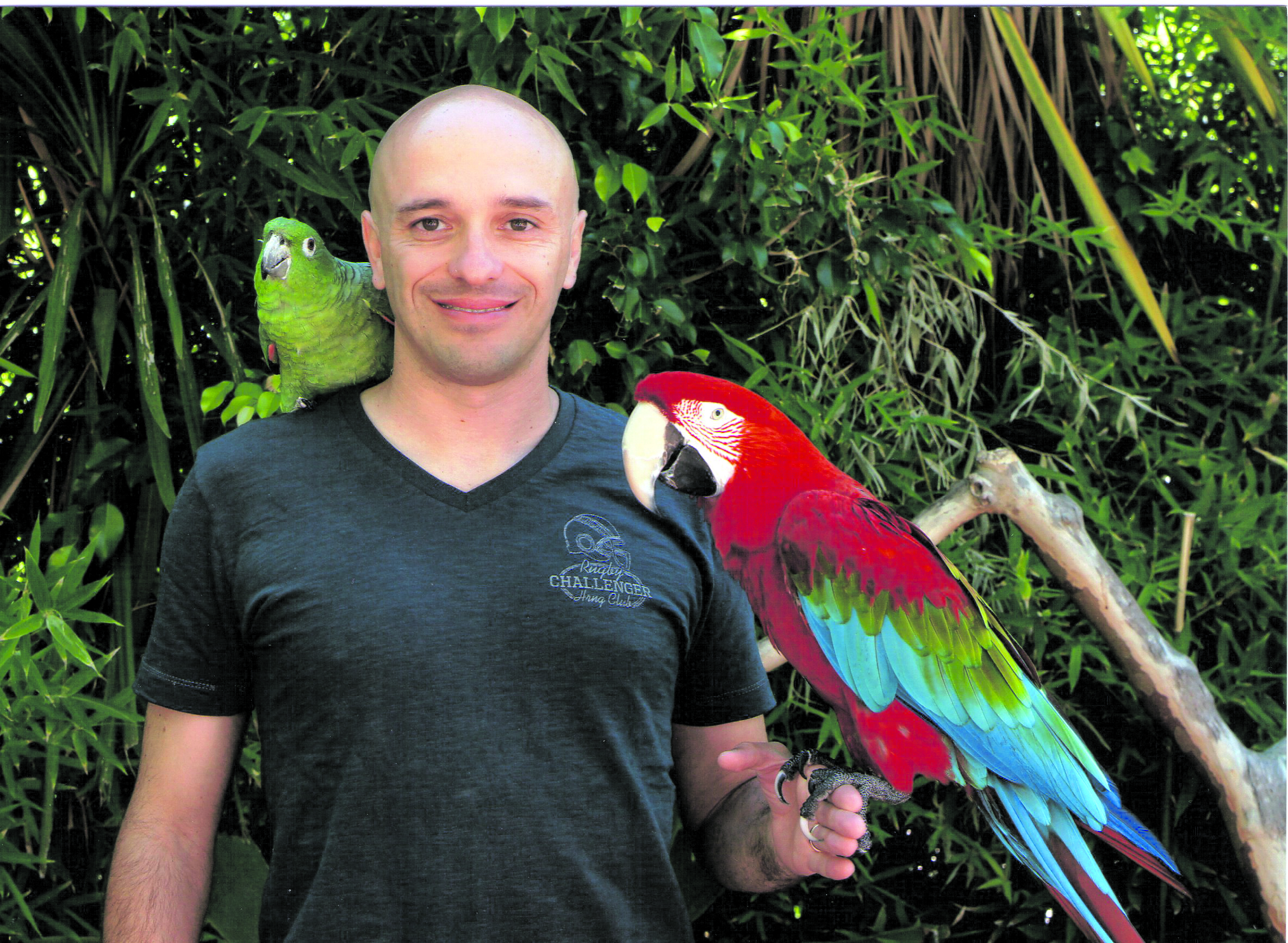
Have you ever wondered what working with nature and animals is like? This is part of everyday life for biologists like Guilherme Domenichelli, who is also the author of the children’s books Girafa tem Torcicolo? and Mistério na Floresta Amazônica. The work routine, according to Guilherme, is often very different from what people expect – and more fun.
In his interview with junior reporters Heitor R. and Jhulia M., both 10 years old, Guilherme explains what the life of a biologist is like and shares trivia about the creatures he studies. Guilherme also discusses animal life on the YouTube channel Animal TV .
What is the day-to-day of a biologist like?
Many people think that biologists only work out in nature, but we also work inside labs and even offices. In my case, I track animals in nature and after gathering all the information needed, I analyse the data and make graphs and tables on a computer. This generates various reports that need to be studied.
Is being a biologist fun?
It is very fun! The most interesting thing is seeing animals in the wild. I really like to observe birds and other animals in their natural habitat.
How long do you have to study to work in the area?
The undergraduate university degree to become a biologist lasts four years. Afterwards, you can do graduate degrees – such as a Masters or Doctorate – to specialise in one of several areas of biology.
What type of animal do you work with? Have you gone to another continent to study animals?
I work with birds, mammals (animals that produce milk to feed their offspring, such as cows), reptiles (species that do not maintain a constant body temperature, such as snakes), and amphibians (whose lives are divided in two phases corresponding to two habitats: an aquatic and a semi-aquatic one, like frogs). And yes, I have studied animals in Portugal, in Europe.
What was the strangest animal you have ever researched?
Insects. A few are very different, especially certain beetles, which have interesting colours and shapes. Another fun fact that also caught my attention was their behaviour, because while some live in organised groups, like ants and bees, others are carnivores and hunters, like the praying mantis and some wasps. This organisation and struggle for survival is interesting and sometimes strange!
Which is the largest animal? And the smallest?
The largest animal is the blue whale. It can measure up to 30 metres (larger than a basketball court) and weigh 180 tonnes (more than 28 African elephants together). The blue whale is an excellent diver that can reach great depths and stay underwater for up to an hour without breathing, thanks to its lungs which have the capacity for five thousand litres of air. Just so you have an idea, its tongue alone can weigh as much as an elephant and its heart is the size of a small car. Aside from that, a adult human could even crawl through its large arteries. The smallest animal in the world is a fly from the Caribbean that measures less than half a millimetre (0.17 mm). So you can understand better, an ant measures about 5 millimetres. But that is if we do not take microscopic animals into account. They are so small that they cannot even be seen without the help of a microscope.
Is it hard to research nocturnal animals?
Yes, it is harder, because you have to be equipped with appropriate flashlights and clothing. It is also very important to have sharp ears, so you can identify an animal without seeing it, just by listening to its voice.
One of the books has a question about giraffes. We want to ask you another one: why do they have such long necks?
A giraffe’s neck has been adapted for its feeding. With a long neck, it can eat tree leaves, especially from a tree named acacia (giraffes love those leaves). With time, giraffes with a longer neck adapted themselves better to this need and survived when they competed for food. Thus, this trait was passed down many generations.
Questions
1) According to the interview, why is it hard to research the life of nocturnal animals?
a) Because they sleep at night
b) Because biologists are very sleepy
c) Because you need to use a variety of equipment and be alert to the sounds
d) Because these animals spend the night hiding in caves
2) Would you like to work studying animals? Why?
Ixi! Você bateu no paywall!
Ainda não é assinante? Assine agora e tenha acesso ilimitado ao conteúdo do Joca.
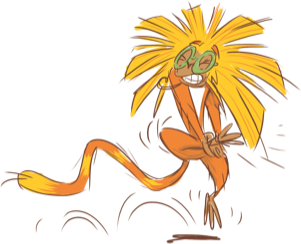






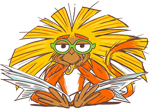




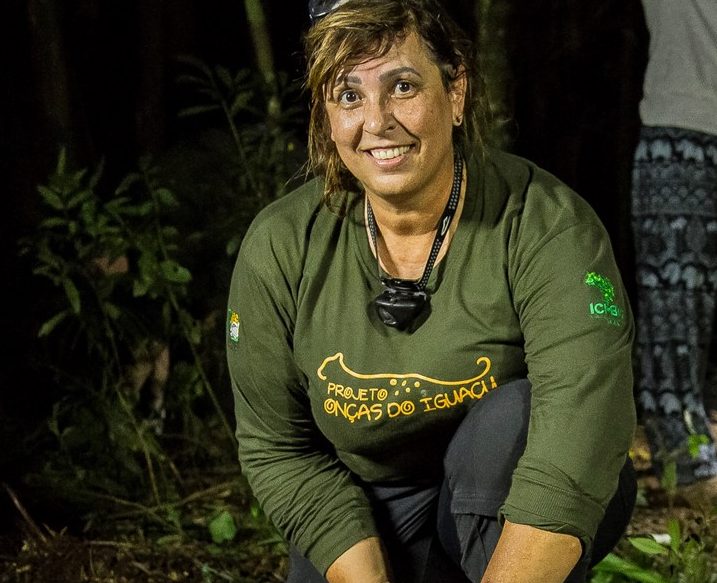
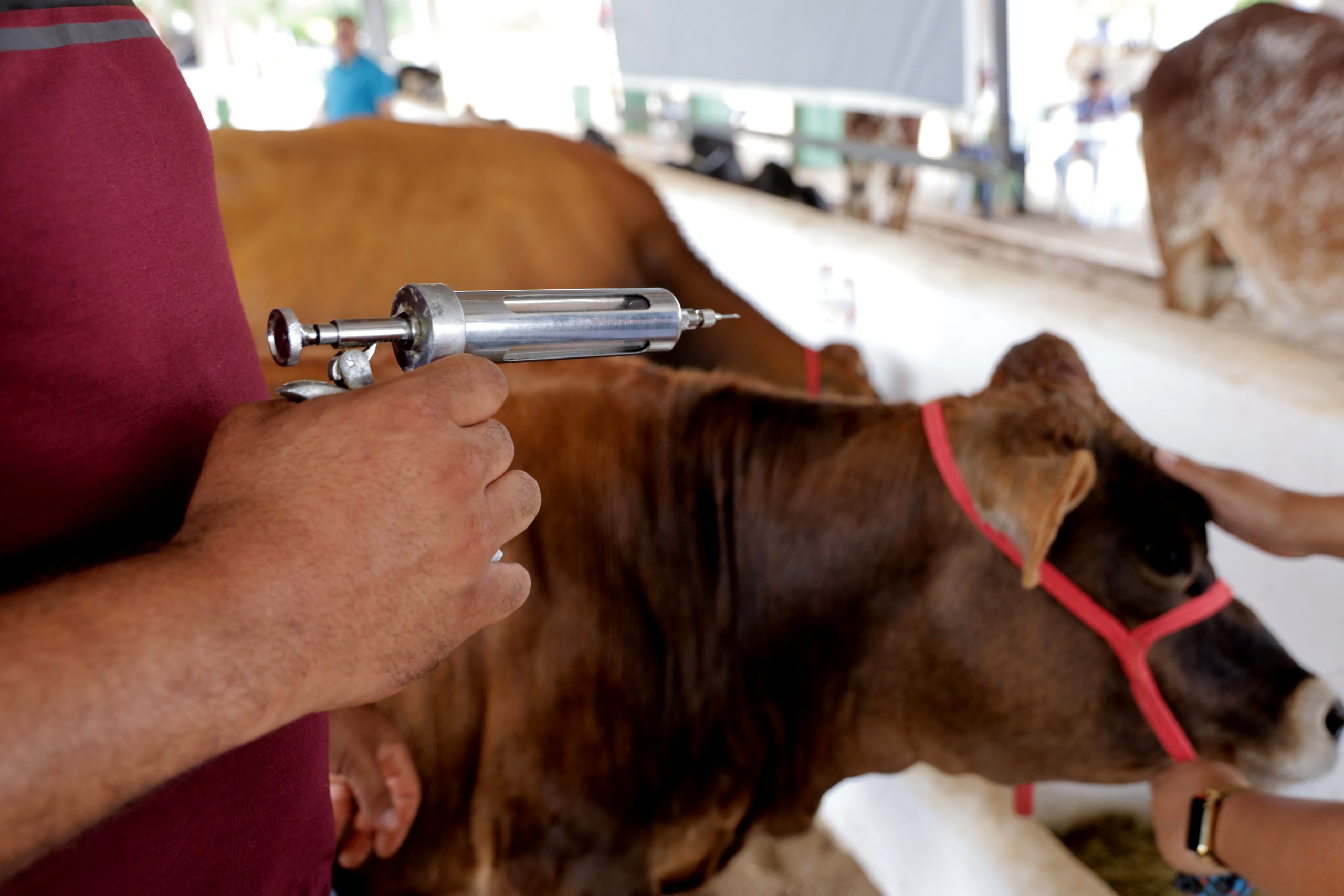
Você precisa fazer o login para publicar um comentário.